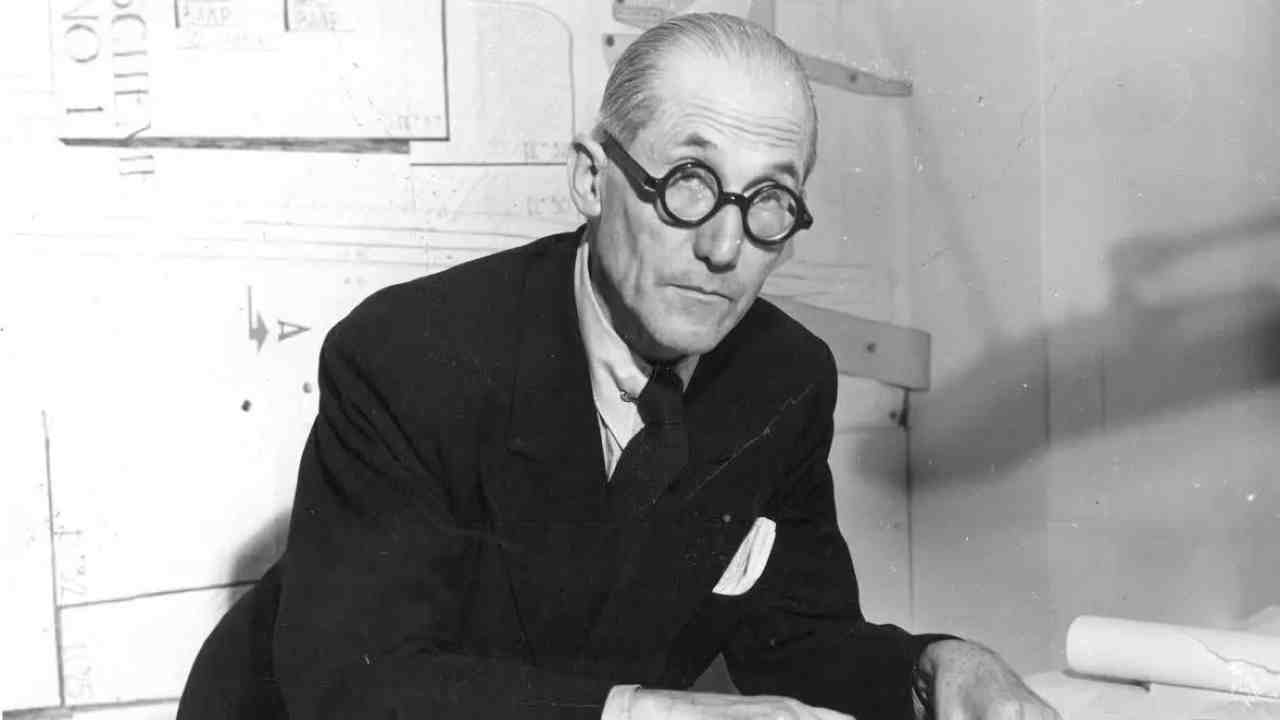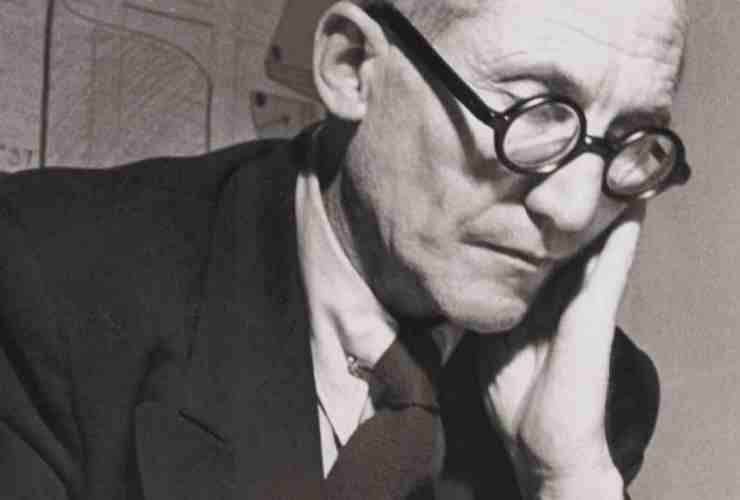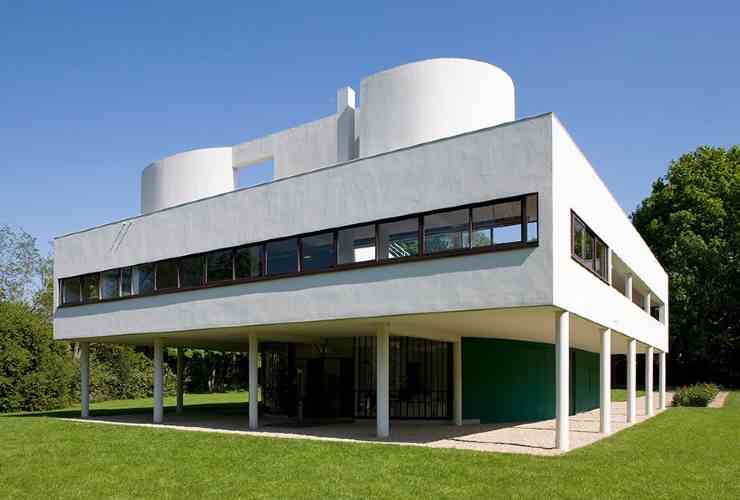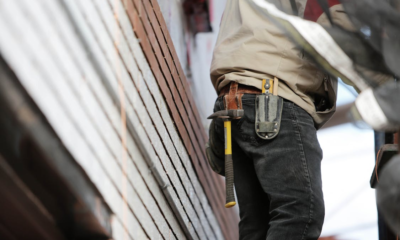Entertainment
Le Corbusier the father of rationalist architecture
Published
2 years agoon
By
Robert King
“Architecture is a fact of art, a phenomenon that arouses emotion, beyond the problems of construction, beyond them. Construction is standing up: architecture is moving”. So declared Le Corbusier, genius of modern architecture, considered one of the fathers of the history of this discipline.
Born in Switzerland in La Chaux-de-Fonds on October 6, 1887, he was also a painter, urban planner and sculptor during his lifetime, devoting himself to writing books and in all the fields that his art allowed him to touch.

Le Corbusier and the context of the reconstruction
First of all, it is important to historically contextualize the figure of Le Corbusier. The First World War has just ended, Europe wants to recover. If in the previous twenty years the architecture of the Belle Époque defined the taste of the new, increasingly refined industrial upper class, it now had to face up very urgently to the problem of reconstruction, of the reconversion of the war industry. It is therefore the advent of design. Charles Édouard Jeanneret Gris, born in 1887, comes from a family of watchmakers. He studied at home but quickly moved to Paris where he met the painter Amédée Ozenfant, with whom he maintained a human, artistic and intellectual relationship. The two founded a magazine, Avant Garde – L’Esprit Nouveau, which addresses new trends in European art and architecture.

They write the articles and sign them with pseudonyms to hide the fact that the ideas expressed have a single source. Thus was born Le Corbusier, who was inspired by the name of his grandfather Lecorbesier and the surname of his master L’Eplattenier. It soon became his stage name, as is fashionable among Parisian artists, and many abbreviated it to Le Corbu, which in French sounds like the curved, the crow. Le Corbusier is fond of this nickname and often signs letters and drawings with a small stylized crow’s head.
The union of reinforced concrete and steel
Le Corbusier is also famous for using reinforced concrete and steel together. His works are characterized by particular geometries and characteristic shapes that follow a precise thought. In 1907 Le Corbusier designed his first house, after this work he began to travel around Europe. The exposure to different currents and different types of architecture in the period between 1910 and 1911 allows Le Corbusier to have a broader and more complex vision of the material. These scholarly influences will then allow him to theorize the famous five points of architecture with which he imposes his theory and his vision. In the same period, Le Corbusier also invents his own measurement system called Modulor based on and influenced by the golden ratio and the Fibonacci sequence.

The architect-painter in 1918 who remains in Paris knows the painter Amédée Ozenfant with whom he engages in a great reflection on art which will lead to the writing of the book After Cubism in which he deals with the new anti-Cubist movement called by following purism.
Savoy Villa by Le Corbusier
Between 1929 and 1932, Le Corbusier created what was to become his signature work, the Villa Savoye, also in the capital, Paris. In this work one can read clearly the five postulates of Le Corbusier used in an impeccable way, the villa thus becomes a personal testament and a manual of the architectural vision of the artist chaux-de-fonds. In the following years, he continued his work in Paris dealing with the design and construction of various structures. The most famous are: the Swiss Pavilion inside the university campus and the Cité du Réfugie. In 1930, he married the model and stylist Yvonne Gallis to whom he remained faithful until her tragic death in 1957. In 1947, he continued to develop his ideas and transform his urban vision and his architectural dream into matter. This is the year when he works in the city of Marseille where he creates a housing unit, an autonomous building whose architectural and conceptual style will then be found throughout Europe, particularly in Berlin.
Recent News


4 Amazing Trips for Your Family
Choosing somewhere for a family vacation that would pique the attention of adults and kids alike can be a fun...


Customising Your Makeup with Blendable Blush Options
In cosmetics, one’s face is a canvas for self-expression and creativity. Among the myriad of products available, blush is a...


The Benefits of Regular Home Maintenance
Regular home maintenance is essential for maintaining and even raising the value of your house. A proactive approach to repairs...


Understanding the Importance of SEO in Adelaide
In the digital marketplace, Adelaide businesses are in a continuous contest to gain the attention of their target audiences. With...


Breaking Down the Numbers: Understanding the Average Traveling Nurses Pay
The open road, adventure, and the chance to heal – travel nursing promises an undeniable allure. But amidst the excitement,...


Dealing with Oily Skin in Summer: Tips and Tricks
As the temperature rises, those with oily skin often face an additional challenge—maintaining a clear and balanced complexion. Excess oil...


Mountain Wedding Ideas for 2024
A mountain wedding is a stunning choice for couples who cherish nature and desire a distinctive wedding experience. Whether you...


3 Of The Best Ways To Keep Your Salon Clean
It is of the utmost importance to ensure that a salon is kept scrupulously clean, not just for the sake...


3 Reasons You Should Get Blood Tests Every Year
Regular blood tests are essential for preserving general health and identifying potential problems early on. Medical professionals can evaluate your...


How to Make Your Next Crafts Project Pop
Crafting is a creative outlet that allows individuals to express themselves through various mediums such as paper crafts, sewing, painting,...
